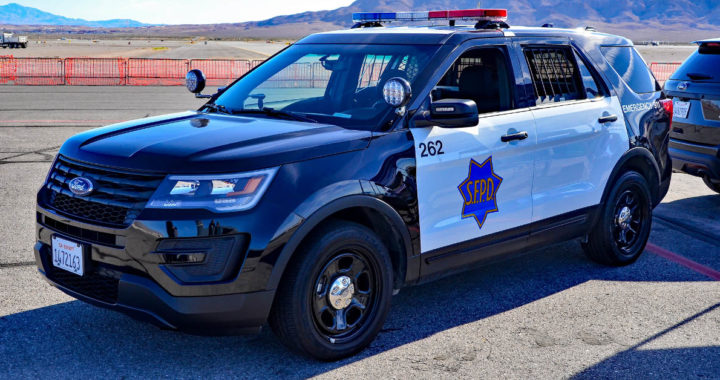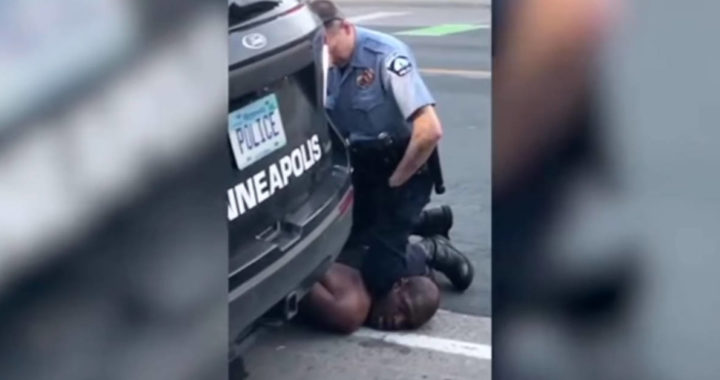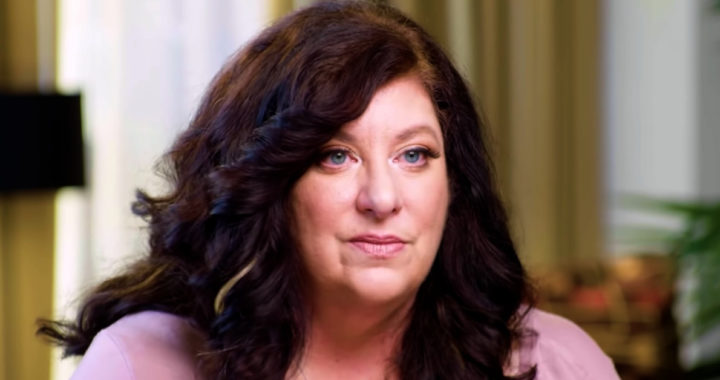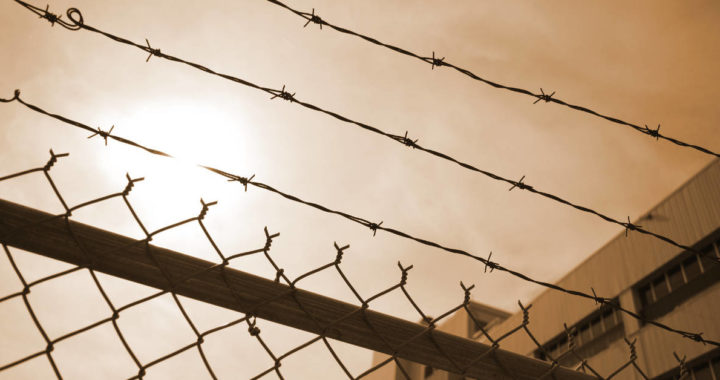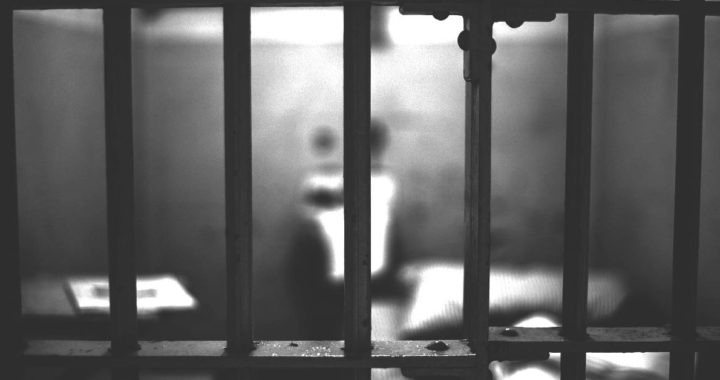The San Francisco Police Department says it will end the practice of posting mugshots for criminal suspects on social media and won’t automatically distribute those mugshots to members of the news media, reversing a years-long practice that has become commonplace in law enforcement agencies throughout the country and across the nation.
The decision was made in consultation with the San Francisco Public Defender’s Office who argued that the practice of posting mugshots online had the potential to taint criminal trials and follow accused individuals long after any debt to society is paid.
“Most who get arrested are not convicted of a crime,” Mano Raju with the San Francisco Public Defender’s Office told the Davis Vanguard. “And many of those who are convicted can eventually have those convictions expunged. But, the online image is forever and hinders that person from gaining meaningful employment or even housing.”
“At a time when the nation has renewed its focus on rethinking the collateral consequences of a criminal conviction, having seen the devastation wrought on communities from decades of tough-on-crime policy, this policy takes a step in the right direction,” Raju said.
Raju asked for the police department to expand on its policy by considering whether posting a mugshot of a young suspect is warranted if the crime is minor.
“If a 19 year-old San Franciscan is convicted for a minor non-violent crime, do we want their mugshot to be easily searchable for the rest of their life? I don’t think so,” Raju said. “San Francisco is a city that believes in second chances. The exception in the policy should not become the rule.”
Under the new policy, the police department will not automatically distribute mugshots of suspects to members of the news media, though nothing prevents reporters from asking for and receiving the mugshots separately.
The move comes as news organizations across the country weigh the merits of posting mugshots in photo galleries and news stories online, especially for minor alleged offenses where the harm of the crime is outweighed by the potential implications of search engines like Google indexing news stories that can be found by prospective employers, landlords and others.
Earlier this year, an editor at a Cincinnati television station announced his outlet would stop posting mugshots online, except in limited circumstances where there was a clear nexus to public safety.
WCPO-TV digital content producer Mike Canan wrote that many journalists justify the use of mugshots because they have the ability to go viral and increase engagement, especially if the photograph looks awkward or funny. But that alone, he said, doesn’t rise to the level of being newsworthy or informative.
“Somewhere in that process, the journalist forgets that this is a real person, not simply the butt of a joke,” Canan wrote. “In addition, many crimes we cover happen in low-income communities. These crimes, often borne out of poverty, disproportionately involve African Americans. Putting mug shots of those arrested online and on TV has the potential to reinforce racial stereotypes.”
Canan said he was limiting the use of mugshots to cases where a person may be suspected of a serious crime and still on the loose, or where police believe there may be more than one suspect connected to a serious crime and they need the public’s help locating them. Another exception, Canan said, might be if a person’s name is so general that he or she is likely to be confused with other members of the public who have not been accused of crimes.
Canan is not alone in his decision: It was preceded by a similar policy at the Napa Valley Register newspaper and followed later this year by the Gannett Corporation who started removing mugshot photo galleries from websites associated with GateHouse newspapers (Gannett and GateHouse merged in November 2019).
In a statement, a Gannett executive said mugshot photo galleries had the potential to reinforce negative and false racial stereotypes and unfairly disadvantage photo subjects in other ways. Gannett said it would continue to publish mugshots in news articles when it was appropriate to do so.
Mark Reichel, a criminal defense attorney based in Sacramento, said policies that limit the publication of mugshots help ensure a fair process for those accused of crimes because suspects have an immediate presumption of innocence.
“Mugshots can be tremendously detrimental to constitutional rights for all Americans,” Mark said. “The very first reaction by most people when informed of something that is important to them (like being a juror or a witness in a criminal case), that they don’t know much about, is to log directly on to the internet.”
Even if a person is acquitted of a crime, a mugshot can follow them around on a news story that is never erased from the web.
“Mugshots are graphic, and that is a ‘bell that can’t be unrung,'” Mark said. “Prejudice begins at that very first moment. As well, persons who are completely innocent will still have their image — something that they cannot change — forever associated with being a criminal.”
(Header photo by Tomás Del Coro, Flickr Creative Commons)

